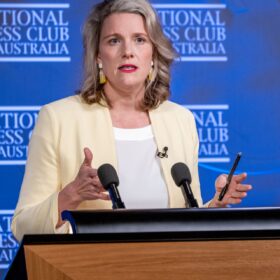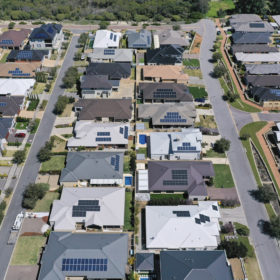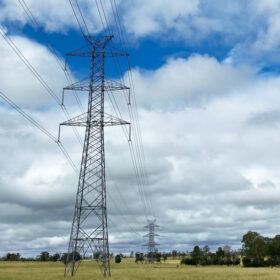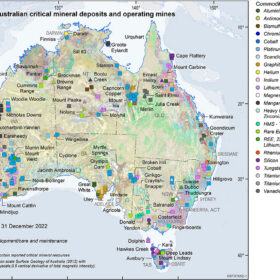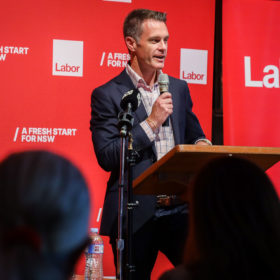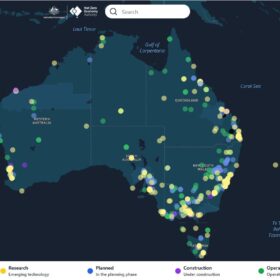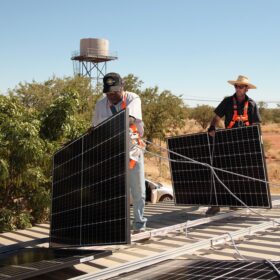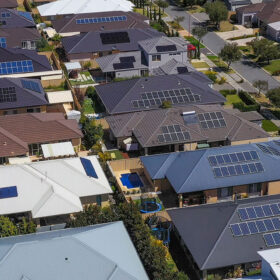How much will Australia realistically achieve with its critical minerals?
A panel of experts debated how plausible it is for Australia to enter the battery manufacturing space, and acting-CEO of one of the only companies to produce lithium hydroxide in Australia, IGO, discussed the acute challenges of setting up a refinery onshore during the WA Renewables and Critical Minerals Superpower Summit on Monday.
‘Really serious’ problems cybersecurity breaches pose in Australia’s DER near future
In two to three years, the number of DER control devices plugged into Australia’s national grid are predicted to hit critical mass, bringing with it the potential for wide-scale ramifications in the event of a successful cyberattack. The second in a two part series, pv magazine Australia outlines what the consequences could involve.
‘Don’t want to sleepwalk’: potential cyberattack surfaces open with DER devices
Australia’s world-leading uptake of distributed energy resources introduces potential new entry points to the grid, ushering in a legion of complex and novel cybersecurity considerations. The first in a two-part series, pv magazine Australia talks to experts about at what’s being done in this rapidly evolving landscape and where vulnerabilities lay.
Transgrid reveals roadmap to deliver energy network master plan
New South Wales transmission network operator Transgrid plans to spend $16.5 billion (USD 11.22 billion) to grow the state’s power system over the next decade to ensure the “secure operation” of the grid at up to 100% instantaneous renewables.
CEFC to target grid infrastructure with investment capital increase
The Australian government has backed the Clean Energy Finance Corporation to lead the transformation of the nation’s energy grid infrastructure by signing off on a $20.5 billion (USD 13.94 billion) increase in investment capital for the federal government-owned ‘green bank.’
Australia’s critical minerals strategy released, includes no major policy schemes nor onshoring action plan
Australia’s federal government has released its anticipated Critical Minerals Strategy, and while the document decisively flags industry imperatives and challenges, the plan of action and policy solutions are far more hazy.
Weekend read: Solar recycling’s glass ceiling and other problems
The insolvency of a major Australian solar recycler has highlighted the complexity of remodelling a linear-thinking industry and society into a circular one, reports pv magazine Australia’s Bella Peacock.
Sunshot gets state backing to deliver Queensland renewable energy zone
The Ross Garnaut-led Sunshot Industries will develop and deliver a renewable energy industrial precinct in central western Queensland which will be linked to large-scale wind and solar projects and provide manufacturing tenants with competitive low-carbon electricity.
Australian battery tech start-up targets U.S. market after $22 million funding round
Australian battery material start-up Sicona Battery Technologies will accelerate commercial development plans both here and in the United States after securing financial support from a group of international investing heavyweights for its silicon-composite anode technology designed to improve the performance of lithium-ion batteries.
60 new renewable energy EISs slated for NSW in next 12 to 18 months
As many as 60 renewable energy projects are expected to lodge environmental impact statements in New South Wales over the next 12 to 18 months. As the transition accelerates, the state’s new Energy Minister has told renewable proponents they must substantiate what’s in it for hosting communities.

